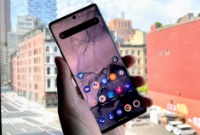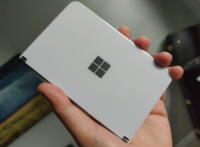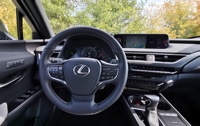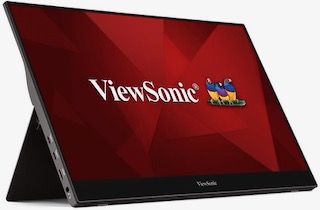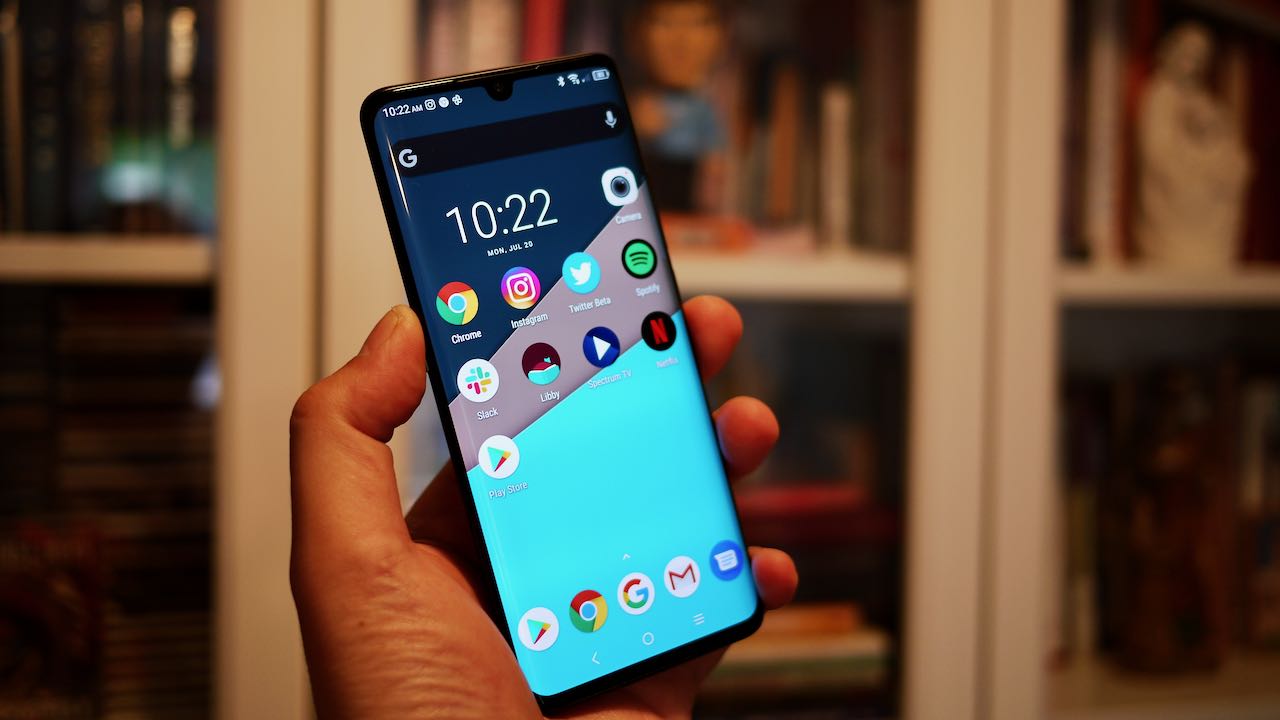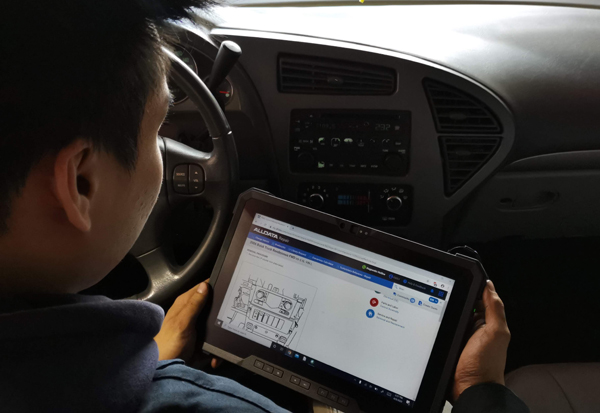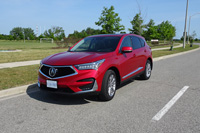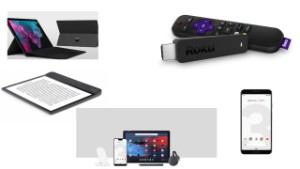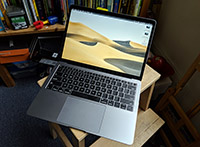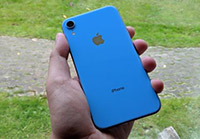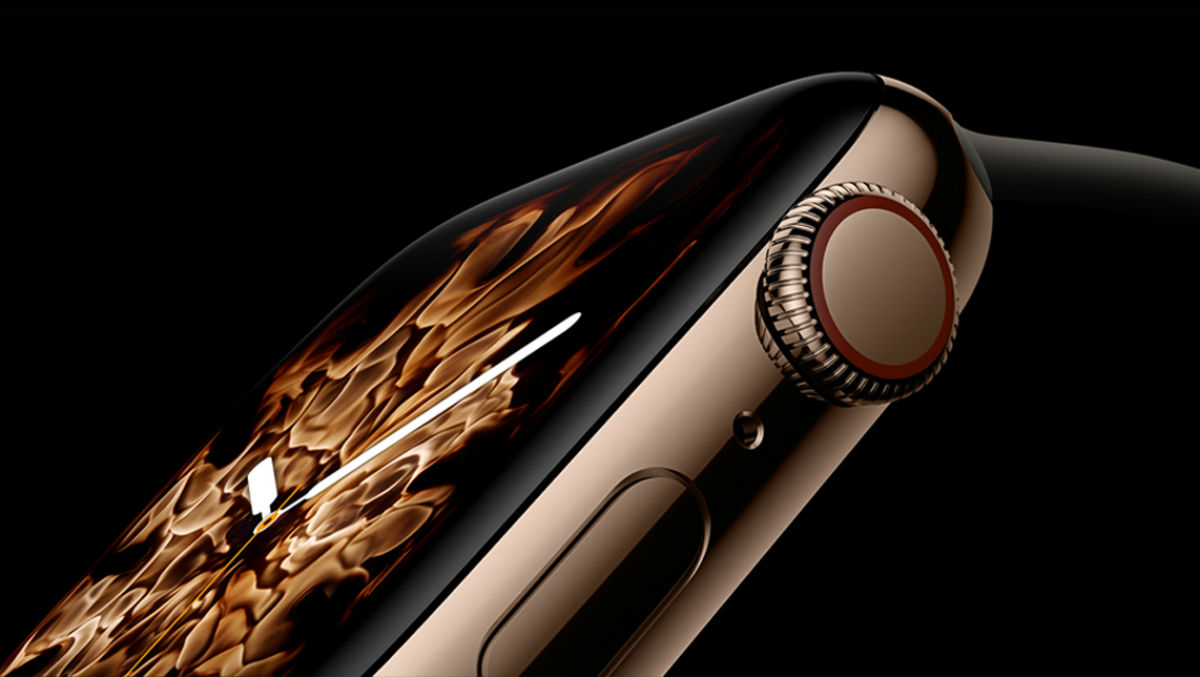
By Gadjo Cardenas Sevilla
The Apple iPad has been out for barely more than a week and already we have seen a number of compelling iPad apps that really define its functionality. The iPad has been heralded as a media consumption device and for the most part that is true.
We wanted to explore how it might be more of a content creation device and possibly a substitute for a notebook computer. Since we re using a US iPad in Canada, we were dismayed to find out that we had limited access to the iPad App Store and were unable to buy the iWorks suite of apps (Pages, Numbers and Keynote).
Click to read more ...
 Thursday, April 15, 2010 at 2:53PM
Thursday, April 15, 2010 at 2:53PM 






